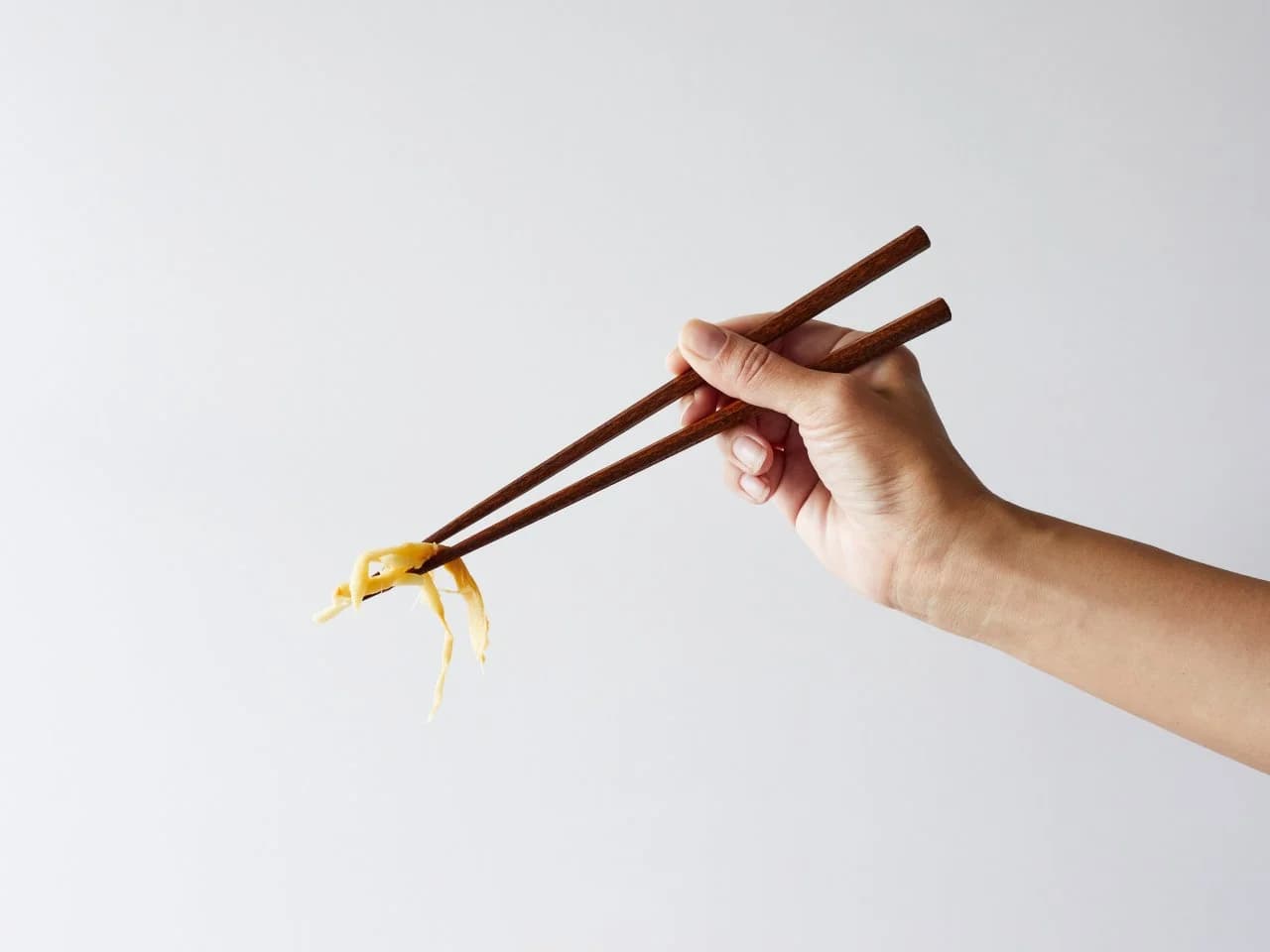
Mastering the Art of Using Chopsticks: A Beginner's Guide
Learn the essentials of chopstick usage and enhance your dining experience.
Introduction
Chopsticks are not just a tool for eating; they embody a rich cultural heritage and a unique way of enjoying food. Whether you're dining at a Chinese restaurant or exploring Japanese cuisine, knowing how to use chopsticks can elevate your experience. In this guide, we will walk you through the basics of using chopsticks and provide tips for mastering this skill.
Understanding Chopsticks
Chopsticks are typically made from a variety of materials such as wood, bamboo, plastic, or metal. They come in different lengths and designs, but generally consist of two sticks that you use in tandem. Here’s a brief overview of the types of chopsticks:
- Wooden Chopsticks: These are the most common and are favored for their grip.
- Bamboo Chopsticks: Lightweight and eco-friendly, they are often used in casual dining.
- Plastic Chopsticks: These are often used in fast food settings and are easy to clean.
- Metal Chopsticks: Common in Korean cuisine, these are durable and can be quite elegant.
How to Hold Chopsticks
Using chopsticks may seem daunting at first, but with a little practice, you'll be proficient in no time. Follow these steps to learn how to hold chopsticks correctly:
- Position the First Chopstick: Place one chopstick between the base of your thumb and the tip of your ring finger. This chopstick remains stationary.
- Position the Second Chopstick: Hold the second chopstick like a pencil, using your thumb, index finger, and middle finger. This chopstick will move.
- Practice Opening and Closing: While keeping the first chopstick still, practice moving the second chopstick up and down to grasp food.
Tips for Using Chopsticks Effectively
Once you have the basics down, here are some tips to help you use chopsticks more effectively:
- Choose the Right Chopsticks: Select chopsticks that feel comfortable in your hands.
- Practice with Easy Foods: Start with larger items like pieces of fruit or vegetables before moving on to smaller foods like rice or noodles.
- Keep Your Hands Steady: Try to minimize unnecessary movement in your hands to improve control.
- Be Patient: Like any skill, mastering chopsticks takes time and practice. Don’t get discouraged!
Common Mistakes to Avoid
As you learn to use chopsticks, be aware of these common mistakes:
- Using Too Much Force: Squeezing too hard can make it difficult to control your grip.
- Crossing the Chopsticks: This can complicate your movements and make it harder to pick up food.
- Pointing with Chopsticks: This is considered impolite in many cultures.
Conclusion
Using chopsticks is a skill that can greatly enhance your dining experience while also connecting you with Asian cultures. With practice and patience, you’ll find that you can navigate your meals with ease. So the next time you find yourself in a restaurant that serves Asian cuisine, don’t hesitate to pick up those chopsticks and enjoy your meal to the fullest!